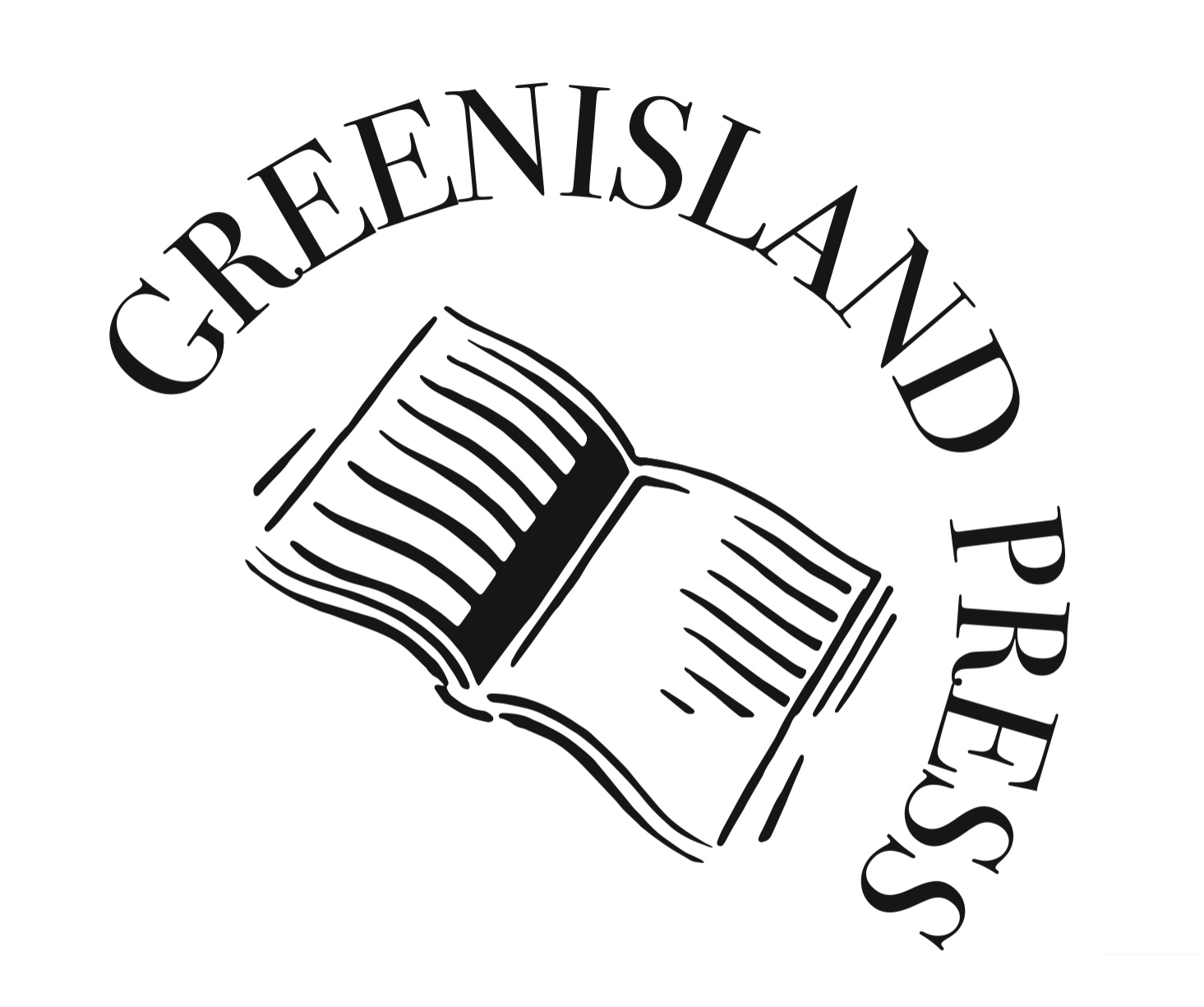by Ciaran Carson
Carson is obsessed with language, as is imperative for a poet. In fact, he is an authority on language, forever exploring etymologies in English and Irish, quoting from dictionaries, seemingly striving for security of tenure, stripping the bark to discover the grain, beneath the grain, the pith, and beneath the pith a bewildering ramification of roots.
But infuriatingly he never gets to the end. It’s not that he’s lazy: indeed, he’s an indefatigable wayfarer. But he is forever chasing the tram, following its route, even when it goes past his stop. For me, language for all its mystical properties should be subordinate to the writer when it is not in an alchemistic partnership with her or him.
Nevertheless, ‘The Star Factory’ (contemplations in prose – poetic prose) can be a rewarding read in terms of its exuberance, lyricism, occasional humour, rich imagery: “countless sentences of starlings flit and sway in baroque paragraphs across the darkening sky”; “the leather perfume of unholstered seats which let out a small gasp as you sat on them”; “if furniture could speak, what tales might it not tell.”
The book is largely a perambulation through the Belfast of Ciaran Carson’s childhood and youth, about model airplanes, stamp-collecting, school-days, valve radios, the magic of books, sectarian awareness, a city one loves despite its divided bitter history.
My biggest disappointment was the lack of psychological insight and great emotion. In his Irish-speaking home mother intriguingly plays just a cameo role and is towered over by postman father, a tender individual, who positively influenced Carson and inculcated a love of language and story-telling. However, so much personal is withheld, you feel cheated: so much general included, you feel bloated. I am not seeking a total confession, a baring of soul and ass; just some opportunity to get to know the man, warts and all, who when a boy ate a matchboxful of live earthworms for a 3d bet!
In the manner of Cathal O’Byrne’s ‘As I Roved Out’, he draws on the Belfast Street Directory of 1948 – the year he was born – to explore his city, a city where a street gives rise to a lane, a lane a shop, the shop an artefact, the artefact a history, the history a city, the city a street. Such exercises in free association not surprisingly allow one to be seduced by the rise in coincidences, especially if one allows homonyms to run riot:
“… the Irish for ‘The Battle of the Boyne” is Briseadh na Boinne, i.e., the breaking of the Boyne; and brick has its root in break, allied to the flaw in Irish linen known as a brack. Chambers’ brickle, ‘apt to break, troublesome’, is appropriate in the context, and brock, whether it refers to food-scraps, broken down stuff, or to the animal, is also relevant; and the badger is a brockit beast, as he lends his distinctive fur coat to the concept of variegation, especially in black and white. To me, all these bricky words sound like Irish breac, speckled, which extends to mean, in the verb breacaim, ‘to cover a paper with writing’.”
It is true that, “Everything you open seethes with memory”, and that “tiny ancillary moments of your life assume an almost-legendary status.” Which is why there has to be a self-injunction against the digressive narrative. Every picture’s story is more often a bore and Carson runs the risk of squandering many stunning phrases and descriptive passages on a labour which smacks of indulgence.
‘The Star Factory’ of the title existed at 322 Donegall Road, Belfast, before it became the abandoned mill which haunted the author as a child. But it was also the realm of the child’s imagination, a subterranean world of ship-wrecks, an extraterrestrial world of space-ships, a world parallel with that of the emerging real which gave rise to formative, though not necessarily more impressionable experiences.

